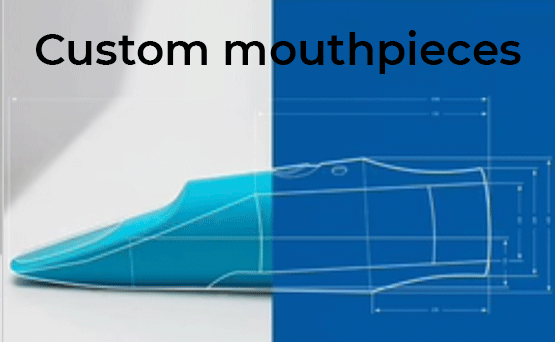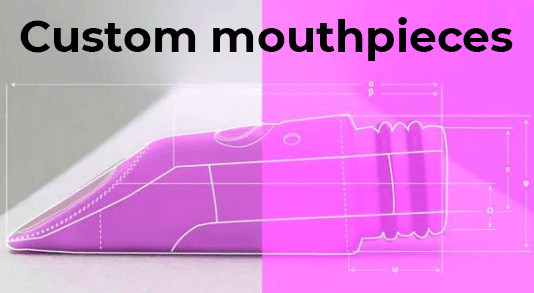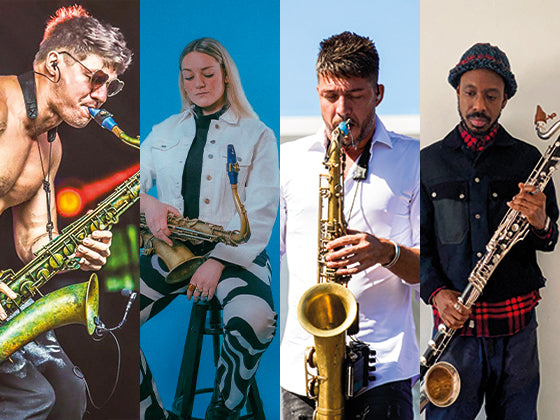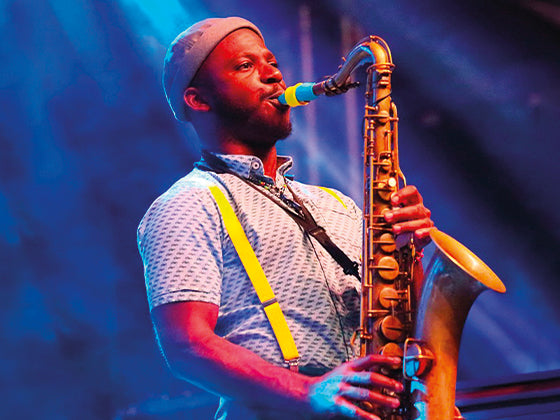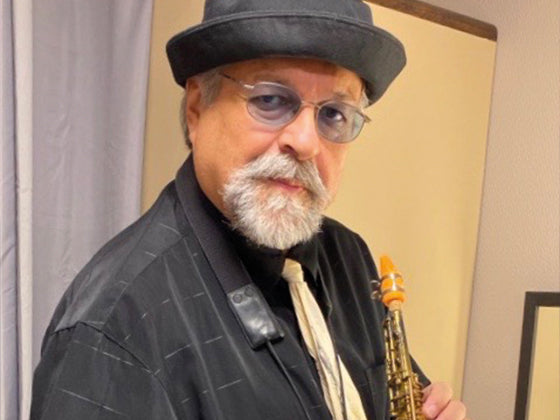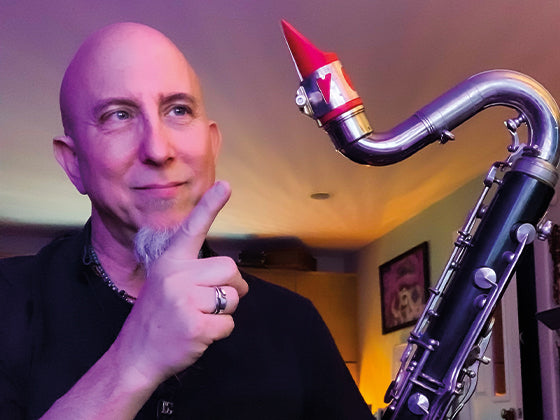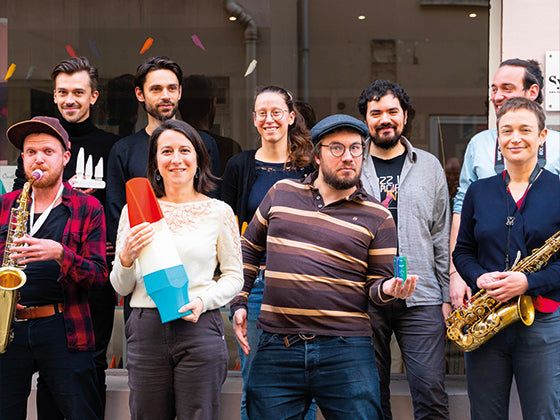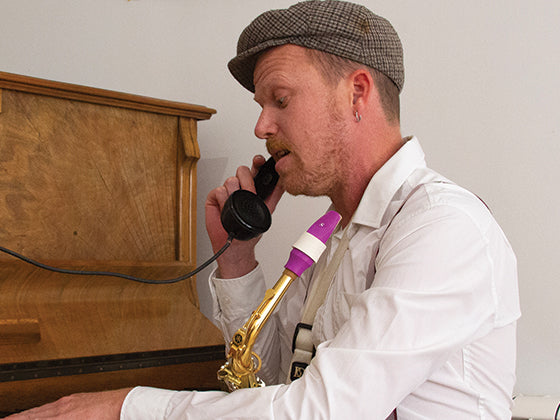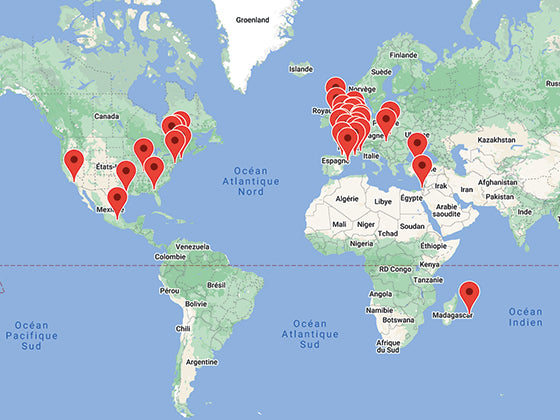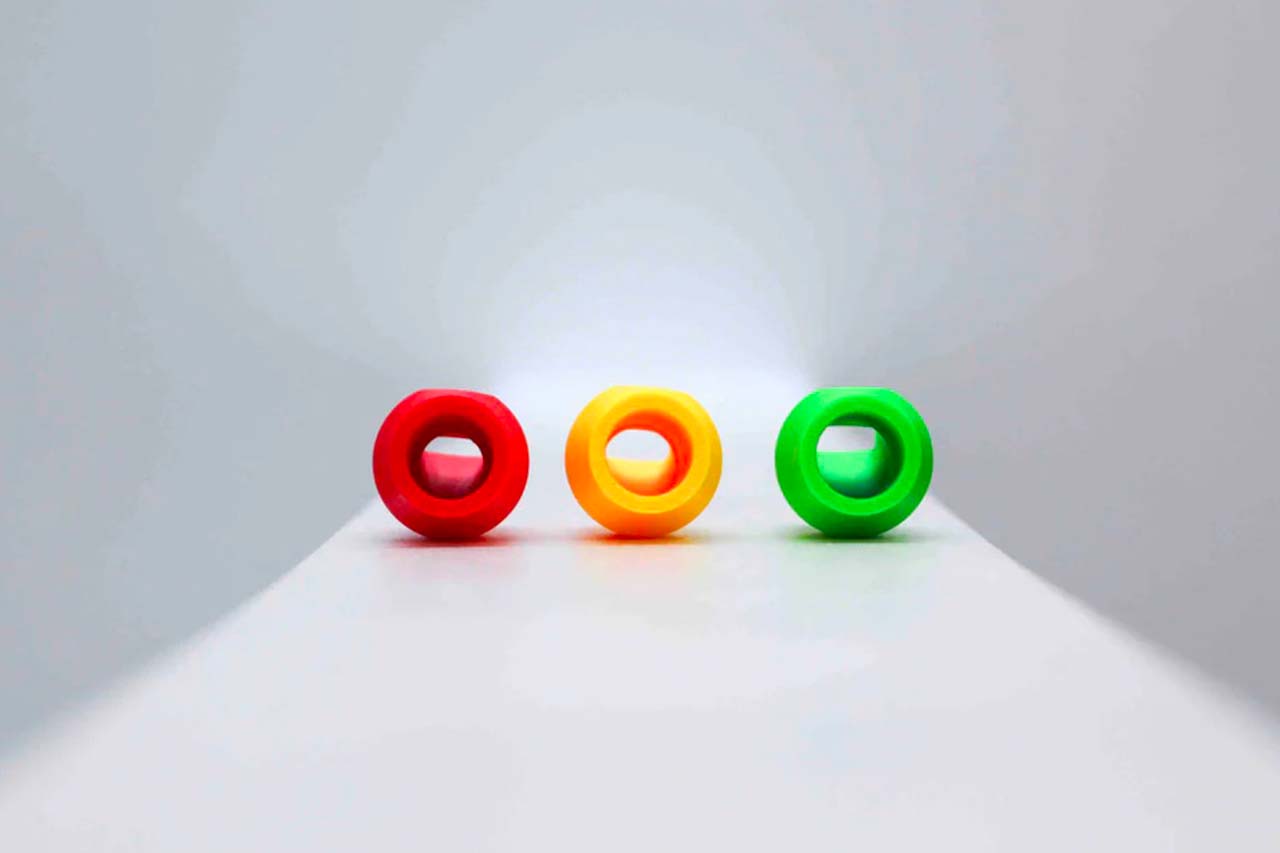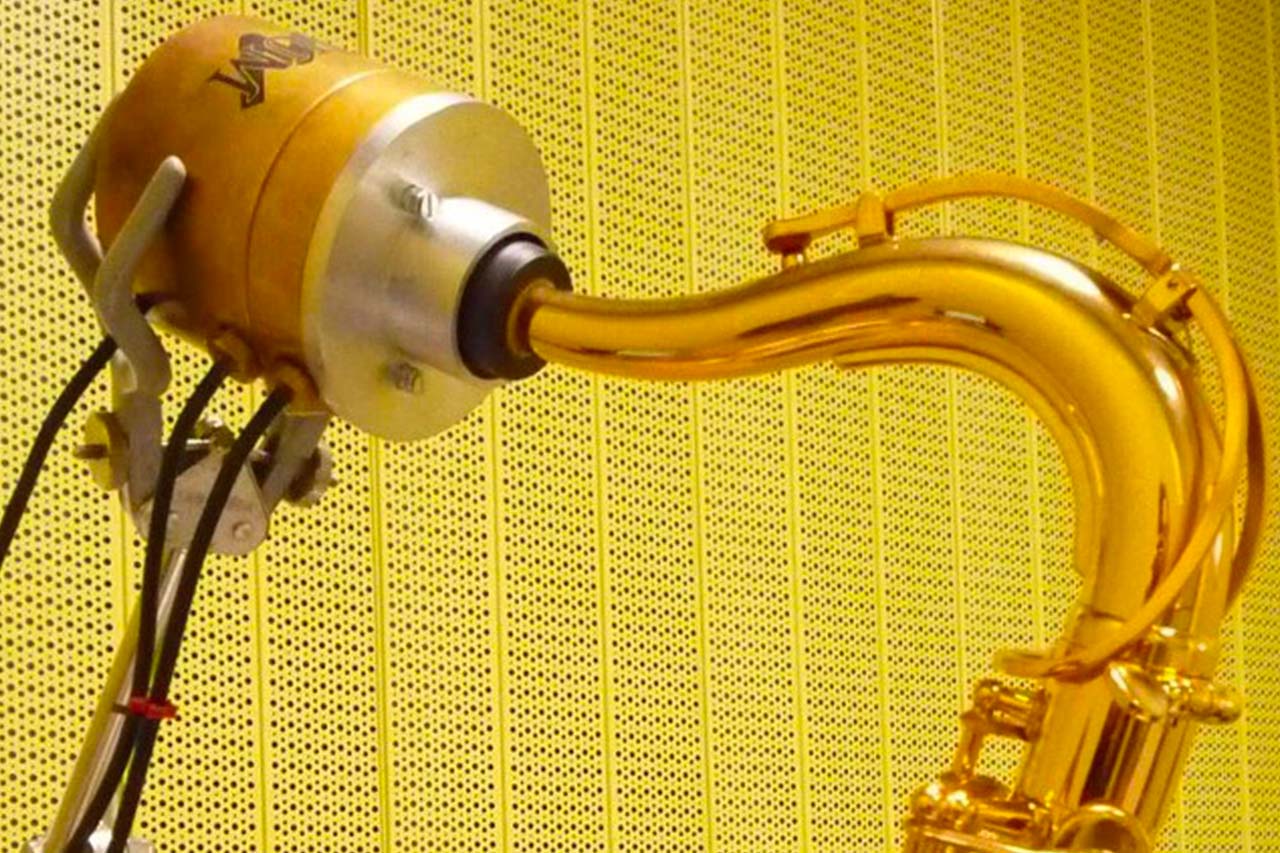Speaking of sounds
What is a warm sound, a rounded sound, or a bright one ? Have you ever wondered how we could explain, in words, the complex sensation of hearing sound? Let’s have a look at the stories of different scientists who have studied sound.
Herman Von Helmholtz
The first person who really thought about descibing the sound of musical instruments was Mr Helmholtz in 1890! This old German physicist – mostly known for his work on electromagnetism – was already searching for a link between the adjectives describing a sound and the acoustic properties of this sound (unsuccessfully) in a beautiful book named Die Lehre von den Tonempfindungen als physiologische Grundlage für die Theorie der Musik.

For example, a pure sound like the one produced by a closed organ tube is soft, smooth and pleasant. When the 6 first sound partials are especially pronounced the sound is harmonic. When there are only odd harmonics (which is the case with the clarinet) Helmholtz says the sound is hollow. If the fundamental is sharp the sound is rich, if not it is poor, etc... We need to keep in mind that Helmholtz was only working with metallic vibrating spheres to analyze sound: his real problem was that microphones didn’t exist at this time which quickly led him to stop.
Solomon
Solomon is probably the greatest pioneer of the sound vocabulary. Was he a great musician? An experienced physicist passionate about the violin and clarinet? Not at all. Solomon worked for the US Navy in the 50’s and was given the complex mission of training sailors to recognize the sound of the German submarine, the U-boot IXC/140, among a thousand sonar sounds. Distraught by the extent of the work and the mountain of a task Solomon – after a few bottles of bourbon – went to knock at his colleague’s door Charles Osgood who had invented a “technique to measure concept connotative signification” a couple of years before. It’s the first example of what is called now differential semantic.


What does it consist of? Solomon built 50 “semantic scales” made up of adjective pairs such as Poor / Rich, Soft / Hard, Empty / Full … But also more obscure ones such as Safe / Dangerous, Happy / Sad ou Masculine / Feminine (Yes we are still speaking about sonar sounds). What was left to do now was to gather several sailors and make them listen to a sonar “bips” library so they could estimate these sounds on all the scales… After statistic analysis of his results Solomon ranked those words and established 7 criteria to evaluate sounds:
- Magnitude (is the sound wide or narrow)
- Aesthetics (is the sound pleasant or unpleasant)
- Clarity (is the sound well defined)
- Security (is the sound reassuring)
- Relaxation (is the sound tense or relaxing)
- Familiarity (is the sound recognizable)
- Mood (is the tone rich and colorful)
And yes, we're still talking about sonar sounds. Solomon used these criteria and linked them to acoustic signal measurements. All of this so American marines would accurately recognize German submarines. Or rather Russians - since the war was over and the true enemy was now red. It’s impossible to know more about it because what is left of his research is classified top secret.
Pierre Schaeffer
“One must be either mad or a genius to try to map sound” Plato used to say. Pierre Schaeffer was both and more some. Pierre Schaefer - highly graduated engineer, writer, musician, composer, musicologist and philosopher – this French jack-of-all-trades had a revelation when he accidentally cut a magnetic strip on which was recorded a bell sound. Cutting the attack – which means the beginning of the sound – the bell sound turned into an oboe-like sound… After his discovery Pierre launched himself into exploring what humans can hear especially with regards to distiguishing sound and its origin. If you already have an headache I advise you not to read his book: 720 pages of philosophic, acoustic and musical reflection on this topic. A quick example anyway?
Now we will cut the beginning of the note played on the piano and fade the opening: does it begin to sound like the flute?
Astonished by his discovery Pierre Schaeffer theorized our perception of sound with his famous four French verbs canvas :
- OUIR (To Detect) : My ear detects an audible signal
- ENTENDRE (To hear) : I feel actively concerned by what I hear and qualify it
- ÉCOUTER (To listen) : I try to identify the origin of what I hear
- COMPRENDRE (To understand) : I am concerned by the sound meaning
In a nutshell :
If I detect a sound in the street that goes Wee Woo - Wee Woo – I’ll listen to the sound and know it is a siren fixed on the top of a truck. I can hear it well: it’s a strong sound, sharp and strident with a fluctuating pitch which repeats itself. I understand there is a fire not far away.
As human beings what are we used to doing? To perceive, to hear, to understand… but not so much to listen and truly care about the sound properties. What matters is to identify it (which has allowed us to survive for millions of years…). Pierre Schaeffer focused on what he named a sound object : the sound in itself – its essence - regardless of what creates it. As time goes by – grabbing a squeaky door, a galloping horse or even a train – Schaeffer experienced his second revelation : he wondered if “we could extend what we call music to all these sound objects!”.

And then he began to write a sound object solfeggio aiming to categorise and describe all the possible properties of all possible sounds – to prioritize and organize them (as solfeggio does it with music). Firstly, there is a typology which allows you to identify the different sound object families based on making, duration and release. Then there is the morphology which describes the sound object material according to 7 criteria : the weight, the granularity, the harmonic timbre, the dynamic, the gait, the melodic profile and the weight profile. Pierre Schaeffer’s book simply entitled « Treaty of musical objects » is full of this kind of table:

How fun! The problem with Scaeffer’s theory is that it is so complex no one uses it nowadays – neither within the scientific field nor in electroacoustic music.
Stephen Mc Adams
Stephen Mc Adams’ research of musical instruments bring us back twenty years ago. This musician and composer who became a scientist is famous for being to a certain extent “the music psychologist”. By the way, he is the one who created this field of research at the IRCAM in Paris in 1986. His research focused on the auditory cues which allow the differentiation between instruments. His method was slightly alternative: he gathered recordings of several instruments playing the same note for the same duration and tone, then he presented them in pairs to 88 musicians asking them:
Do you find these two sounds to be:

And he asked this question for all of the 18 sounds he had – which represents 153 sound pairs so the same question a 153 time… which is enough to give you a headache. Especially as he asked for explanations each time! At the end the statistic treatment of the answers led him to build a model which explains the differences we perceive between the different music instrument tones. This is what the model looks like :
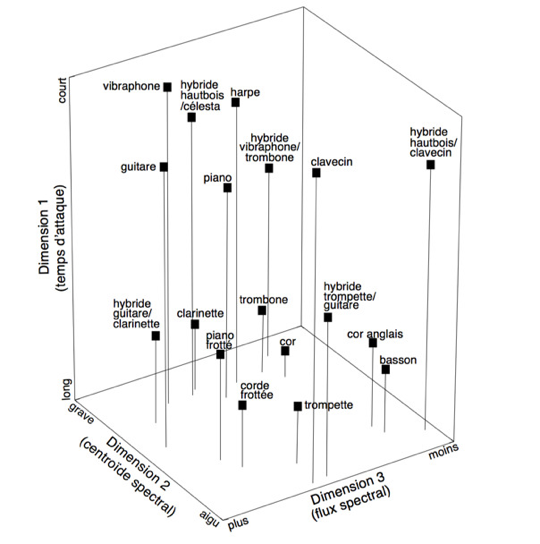
This model is structured on 3 main dimensions :
- The brightness which is the ratio between the high and low frequencies
- The attack time which concerns the very beginning of the sound (can be fast or slow)
- The spectral flux, Which is the ratio between even and odd harmonics
The funniest thing is among the 18 sounds some were completely synthetized and didn’t match with any existing instruments: this is the case of the guitarinet, the celestoboe, the vibrabone or the trompitar. Mc Adams studies really are valuable for the auditory mechanism understanding even if the results don’t help that much with one precise instrument. However the working method is very cool and offers the opportunity to create accurate studies in one instrument family. Now the guitarinet manufacturers should know what to do!
Maxime Carron (myself…)
This great scientist of the modern world worked at the IRCAM for a long time on sound description focusing on communicative aspects between individuals. How can we talk about the same thing when we describe a sound? How can a sound engineer efficiently communicate with a musician without leading to a misunderstanding ? And mainly, how can an engineer could talk with a sound designer to best describe the sounds he would prefer on a certain device for a certain action? This is a sensitive issue but his work led to the creation of a small illustrated sound dictionary with words such as dark, resonant, bright or even ascending, tonal, nasal, rounded, low, crescendo… 35 words in total with definitions and acoustic references!

Universal ? Certainly not… Exhaustive ? Neither. The only one who tried to create a complete terminology lost himself within the 720 pages of boards and incomprehensible theories as we’ve already seen. However, words allow us to identify some sound families and even to make the difference between several sounds of the same family.
At SYOS
The research on tone and on the way we talk about a sound continue with this new technological challenger of the French musical industry. Do you prefer a dark or bright tone? Free-blowing or resistant? Focused or spread? Here we are constantly looking to unpick the saxophonists' language to better understand all the nuances of a sound in order to shape the mouthpiece that best suits each request.
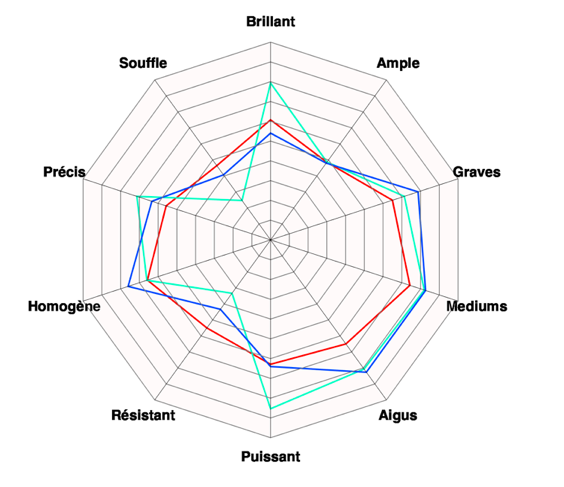
Some of you have already participated in one of our experiences… What about you? At SYOS it’s all the research on the tone we are using in our own way : Helmholtz with his tone theory, Solomon for his semantic scales, Mc Adams for his scientific methodology and statistic approach, Maxime Carron’s thesis for the educational side and its lexicon. And what about Pierre Schaeffer ? We use his 720-page book to wedge the front door of our brand new office – This is the real deal!
Come and see us to write this story with us! !
To be part of one of our experiences in Paris,write us an e-mail at this address: contact@syos.co.
Some references
- Helmholtz, 1877 - Theorie Physiologique de la musique fondée sur l'étude des sensations auditives.
- Solomon, 1958 - Semantic approach to the perception of complex sounds.
- Schaeffer, 1966 - Treatise on musical objects.
- McAdams, 1995 - Perceptual scaling of synthesized musical timbres : Common dimensions, specificities, and latent subject classes. (pdf)
- Carron, 2016 - Méthodes et Outils pour Définir et Véhiculer une Identité Sonore (pdf)

